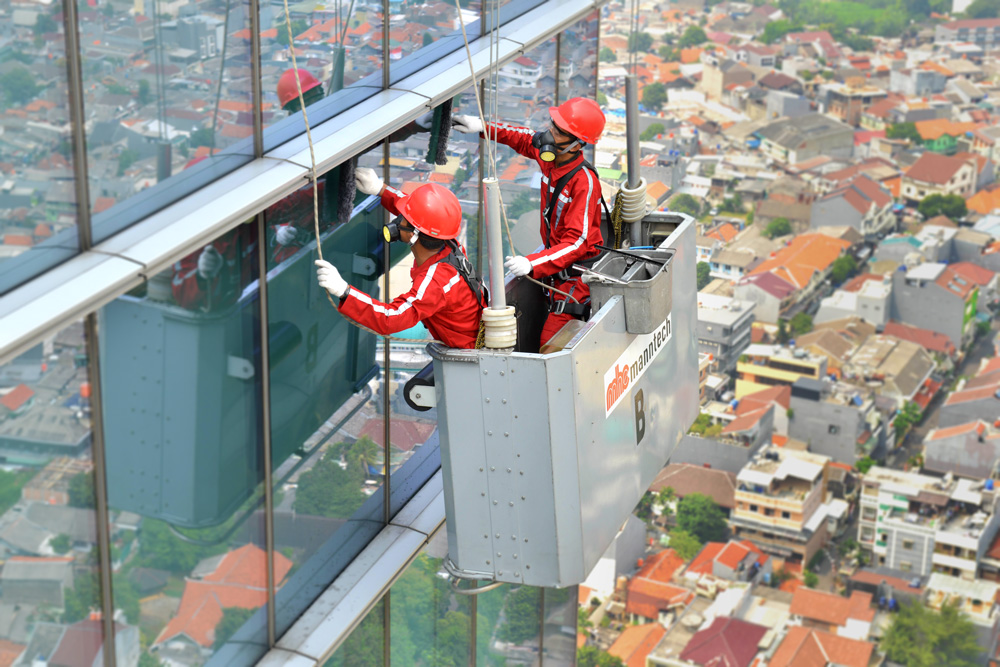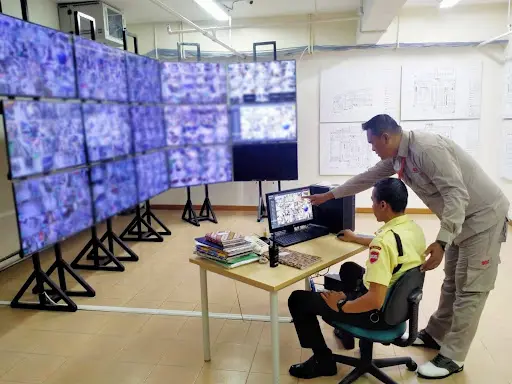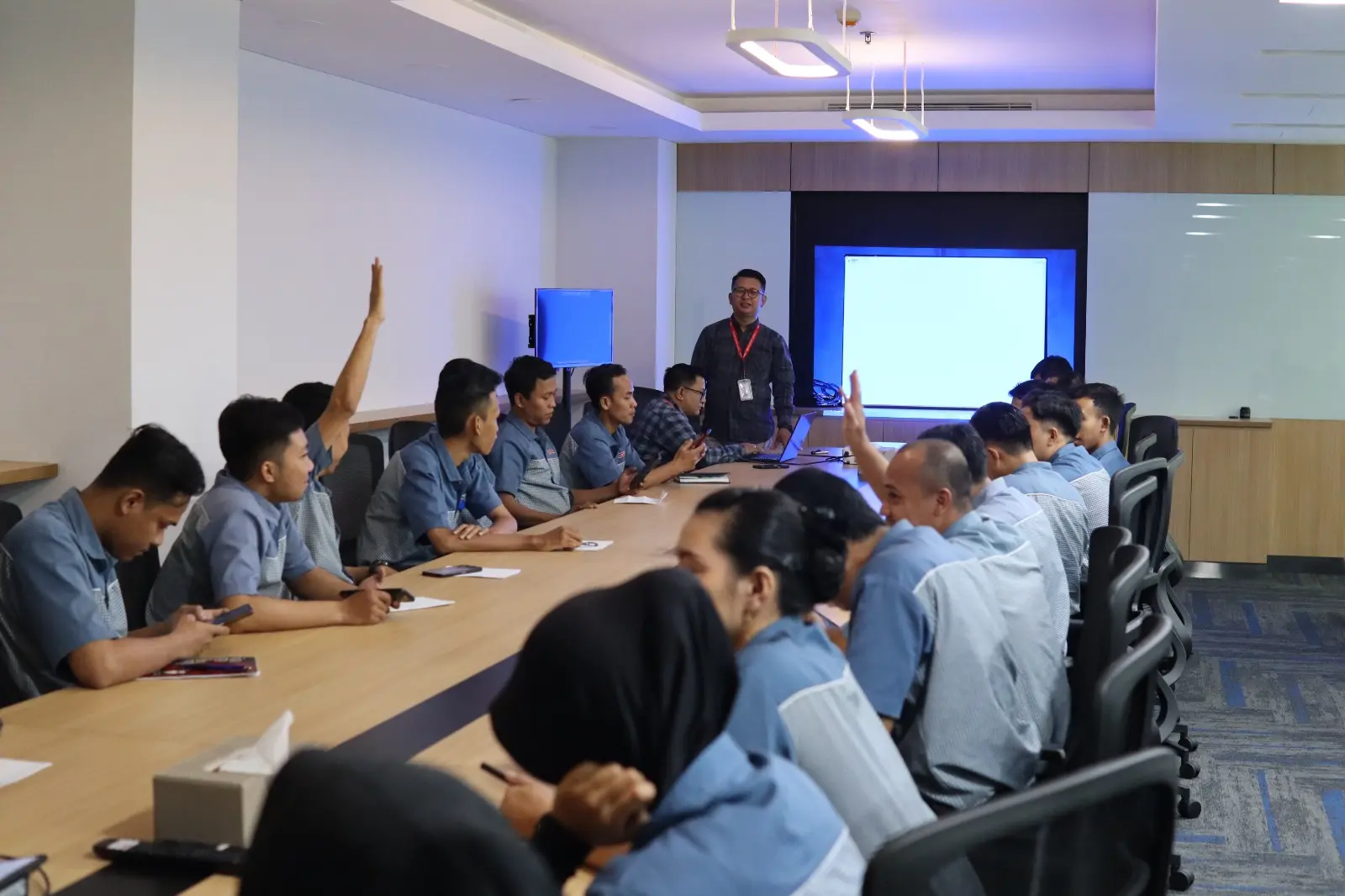Hospital Security SOP: Essential Protocols for Medical Areas

Team Shield On Service
Editorial
23 April 2025

Hospital security involves far more than guarding the main gate. With a wide range of critical activities taking place—patient care, medication storage, and sensitive data management—a well-structured hospital security SOP is essential. Without clear procedures, risks to safety and healthcare services increase significantly. Let’s dive into what makes an effective SOP!
Understanding What a Hospital Security SOP Is
A hospital security SOP is a set of standardized procedures that all security personnel in a hospital environment must follow. These procedures ensure that all security actions are conducted in accordance with regulations, efficiently, and professionally.
The SOP plays a vital role, as hospitals are critical facilities that must remain safe and orderly 24/7. Security officers are expected to manage a variety of situations—from welcoming visitors and managing parking to handling aggressive patients and resolving conflicts quickly and wisely.
Key Protocols Every Hospital Security SOP Should Include
Every security officer must fully understand and implement the safety protocols outlined in the SOP. These serve as the primary guidelines for daily duties and emergency responses.
Here are the essential protocols in a hospital security SOP:
1. Shift Handover Procedure
Every shift change must include a clear handover process. Officers must log key information such as incidents during the previous shift, the presence of VIP guests, deposited items, or suspicious activities. This ensures continuity and avoids information gaps.
2. Access Control and Visitor Registration
Security is responsible for monitoring all entries and exits, especially for guests and visitors. The SOP should require ID checks, recording names and purposes of visits, and issuing visitor badges.
Read Also: 7 Professional Ethics for Security Guards to Ensure Service and Safety
3. Emergency and Conflict Response
Security personnel must be prepared for emergencies such as fires, riots, aggressive patients, or disputes among visitors. The SOP should detail structured response steps, including how to coordinate with medical staff and law enforcement when needed.
4. Routine Patrols and Monitoring of Sensitive Areas
Regular patrols throughout the hospital are crucial. Sensitive areas such as the ER, pharmacy, ICU, medication storage, and isolation rooms require constant monitoring. All patrol findings should be recorded and suspicious activity reported.
5. Professional Conduct and Ethics
Beyond technical tasks, the SOP should guide security personnel on proper conduct—being polite to visitors, staying calm in emergencies, maintaining patient confidentiality, and avoiding excessive force. Professionalism is critical in interacting with emotionally vulnerable patients and families.
Read Also: 7 Office Cleaning Service Tasks for Maximum Cleanliness
Sample Hospital Security SOP for On-Ground Implementation
To provide a clearer picture, here’s an example of how a hospital security SOP can be applied in daily operations:
1. Morning Duties: Entry Control
Security checks all incoming vehicles and individuals at the main gate. Visitors must present ID and fill in the guest log. Officers also monitor incoming deliveries and logistics from third-party vendors.
2. Afternoon and Night Shifts: Patrolling and Safety Checks
Patrols are conducted every two hours to ensure all doors are locked, no suspicious activity is taking place, and that security systems (CCTV, alarms) are functioning. Patrol reports are documented in the shift log.
3. Handling Aggressive Patients
If a patient becomes violent or is mentally unstable, security steps in following non-violent safety protocols. The incident is then reported to the on-duty doctor and the patient’s family.
4. Parking Area Management
Security manages ambulance traffic, prevents illegal parking, and assists elderly or disabled visitors getting in and out of vehicles. All activities are recorded in the daily report.
5. Disaster Response and Evacuation
In case of fire or other disasters, security executes evacuation procedures as per the SOP. They guide staff and patients to safe assembly points, assist those with mobility issues, and ensure no one is left inside.
A clearly defined hospital security SOP ensures that security staff perform their duties in an organized, professional manner and are prepared for any situation. With a structured SOP, officers can work more confidently and efficiently, contributing to a safe and calm environment for everyone in the hospital.
Moreover, a strong SOP enhances the hospital's reputation for being well-managed and secure—building public trust in the process.
Read Also: 6 Criteria for Choosing a Reliable Banking Security System
Enhance Your Hospital’s Security with SOS Professional Services
If your hospital’s security SOP needs improvement, now is the perfect time to partner with a team of professionals who understand the unique needs of healthcare environments. SOS is here to help you develop and implement a comprehensive security system.
With security guard services from SOS, you get more than just trained personnel—you get a complete security system designed specifically for hospitals. Our team is certified by the Indonesian National Police and has extensive experience securing critical facilities. We ensure that every element of your hospital’s security operates in a coordinated, efficient, and compliant manner.
Contact SOS today via WhatsApp and discover the best security solutions for your hospital!



